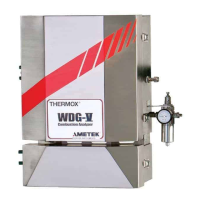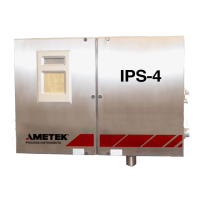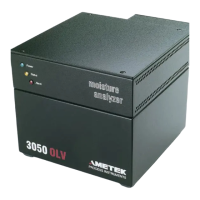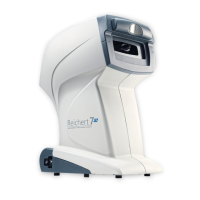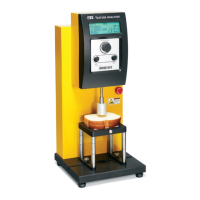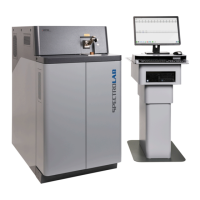Installation Guide | 3-13
Calibration Gas Connection
A calibration gas inlet port is provided to allow you to calibrate the system
as shown in Figure 3-8. During calibration, you turn off the aspirator air
supply and inject your calibration gases into the calibration gas inlet port
on the sensor. During normal operations, the calibration gas inlet port
should be plugged.
Remote Calibration Unit Mechanical Installation
Remote calibration unit (RCU) mechanical installation includes the follow-
ing:
• Mounting the RCU.
• Plumbing calibration gases to the RCU.
• Plumbing the RCU to the sensor.
This section is divided into instructions for standard RCU and combus-
tibles RCU mechanical installation. Go to the section that applies to the
type of RCU you purchased.
Do not turn on the aspirator until the sensor has been turned on
and is hot - preferably 24 hours. Also, if you turn off the analyzer or
the process is shut down, turn off the aspirator air to avoid plugging
problems!
Standard RCU Mechanical Installation
Figure 3-9 shows mounting dimensions for a standard RCU. Use two #10
screws to mount the RCU. Note from Figure 3-10 that only the top left and
lower right holes are used; the other holes hold the RCU to its mounting
plate. The ambient temperature range for the RCU is -20° to 70°C. Mount
the RCU as close to the sensor as possible. Shorter calibration plumbing
improves response times, reduces calibration gas expense, and reduces
the chance of contaminants in the calibration gas plumbing.
Due to max pressure specification of the RCU valves, the aspirator
air outlet will not have sufficient pressure to run the Blow Back. A
separate high pressure (80 psi minimum) air line will be required to
be run to the sensor apart from the RCU.

